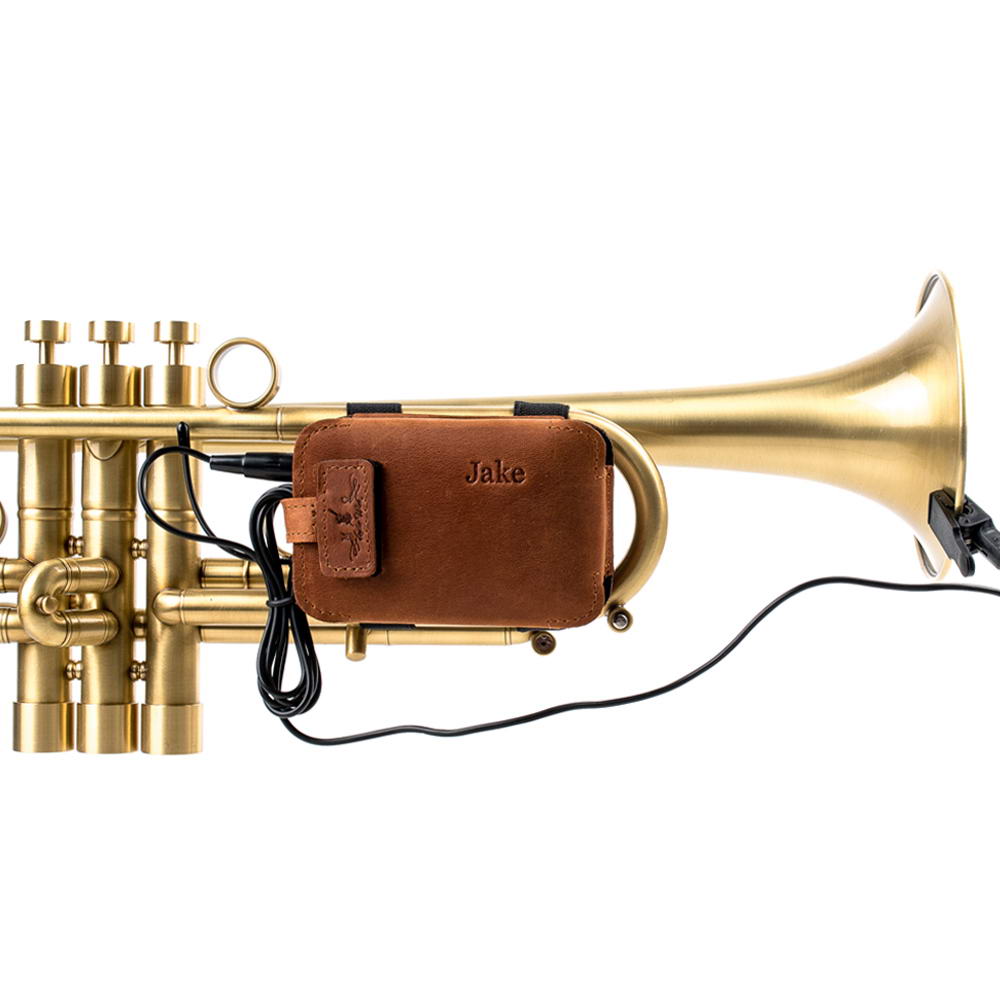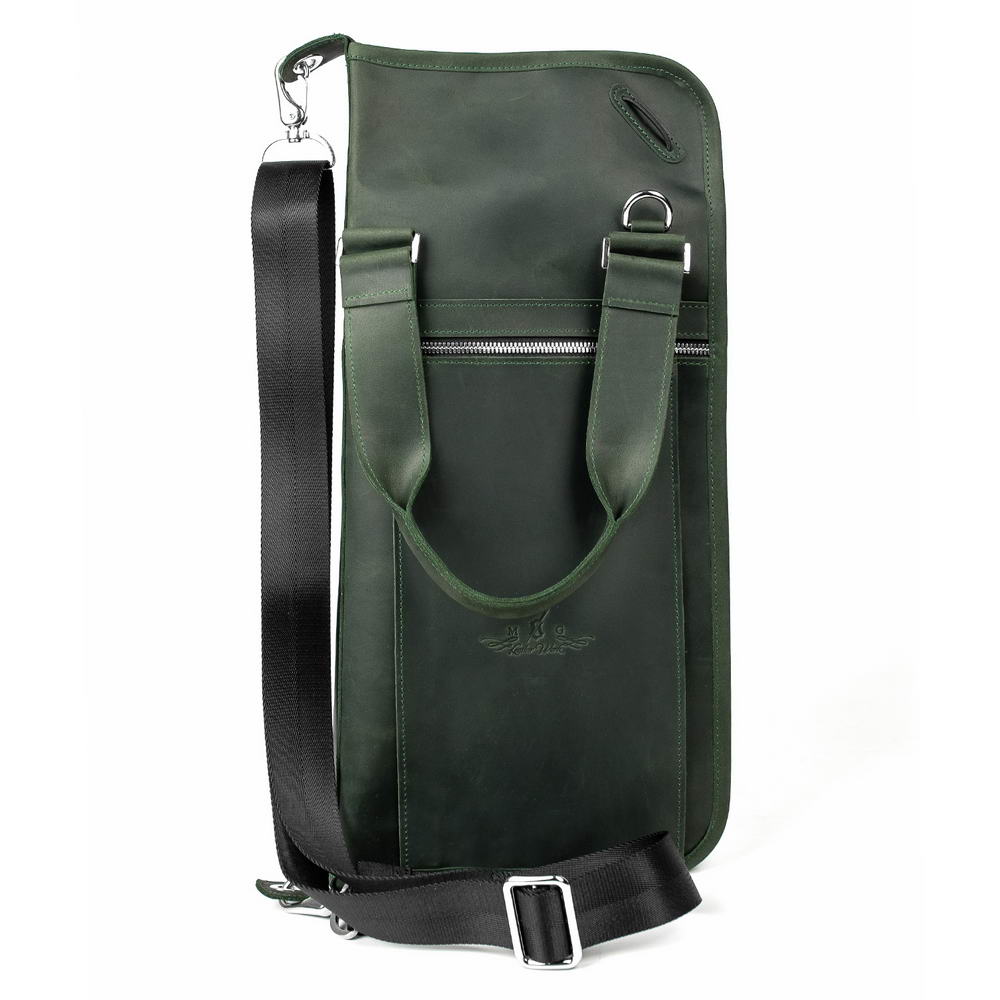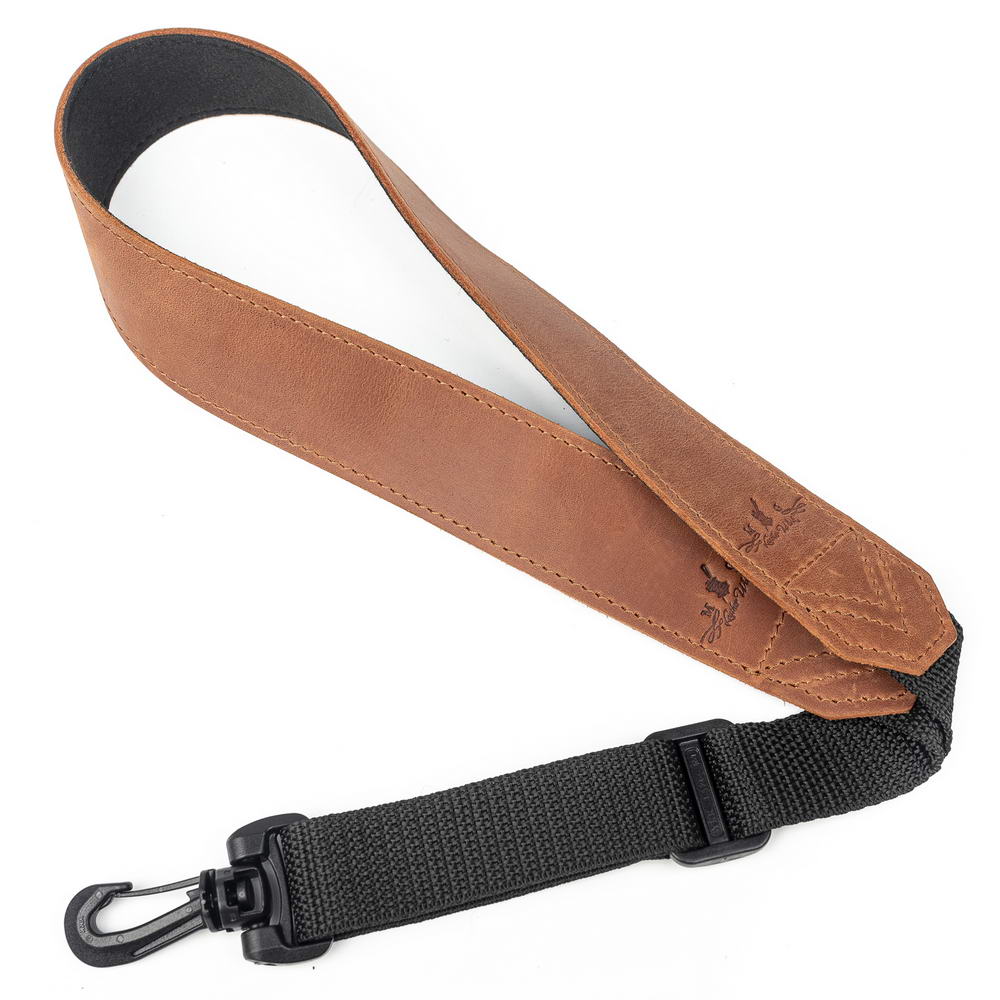
Professional Trumpet Tips for Better Technique
Mastering the trumpet requires not only talent, but time and patience to refine your technique and work on your mistakes. There are many fundamentals that help you grow from an amateur player to a professional. In this article, we've collected tips and insights from those who have dedicated their lives to music and successfully built careers as trumpet players. Use these practical strategies from well-known players and educators as guidance to refine your sound, expand your range, and transform your approach to practice.
How to Approach High Notes
Tips from Allen Vizzutti, a trumpeter, composer and music educator who performed on more than 150 motion picture soundtracks
Allen emphasizes the connection between pitch of the instrument and air speed: the pitch goes higher as the air goes faster. The musician says that players need to find a way to keep their aperture small and let the steady air support increase the vibration. He admits that learning how to play with a good sound and smooth airflow in a comfortable register where you feel relaxed is fundamental for gradually going up.
For this purpose, Vizzutti advises to learn how to control the aperture and consider placing the tongue higher and forward to create the quick air. He also recommends playing the high notes softly rather than loudly.
Speaking about common trumpet playing mistakes, Allen admits a few of them:
- Incorrect Breathing. Even talented people who are professionals sometimes fail to breathe properly. Allen advises taking a really deep breath to play music phrases better.
- Wrong Hand Position. Allen believes that this can make even a professional sound amateurish. He advises checking whether your hand is rounded, with fingertips on the valves, which helps you play evenly, effortlessly and rhythmically. In this position it’s easier to coordinate the movement of the valves with the musician’s articulation.
- Not Having an Open Mindset. Allen says that musicians often don’t allow their habits to let go when they hear someone’s tip or learn a lesson. He advises to be open to new ideas and every time you hear something new that seems different to what you’ve tried, try it too. He believes that the brain lights up with new ideas once you do things differently.
What One Thing Impacts the Trumpet Player and How to Approach Practice
Tips From Arturo Sandoval, Grammy Award-winning trumpeter, pianist, timbalero, and composer.
In one of the interviews, Arturo was asked about the thing that made the biggest impact in terms of his overall development as a trumpet player, he admitted the importance of following your own ear and instincts. The musician believes that players are able to produce the kind of sound they could imagine before putting the horn in their mouth. Arturo explains that even with the same mouthpiece, the same horn, and same breathing, you can get a different sound once you have it inside your head. Everything starts with switching the sound internally and it has nothing to do with the trumpet or technique. What matters is how you want to sound.
When speaking about practicing, Arturo recommends taking 3 seconds every time you sit down with your instrument to look up and say Thank God. Arturo believes that this helps players regardless of their age create a special state of mind when they’re grateful to do music instead of some hard work. It helps to approach the practicing process as a gift from God when all you have to do is get better. Arturo is sure that it makes musicians happier and more productive during their practice sessions.
Interesting fact: Arturo Sandoval uses a trumpet gig bag with a Reptile texture, made by MG Leather Work.
How to Form A Correct Trumpet Embouchure
Tips from Charlie Porter, Grammy Award-winning trumpeter, composer and music educator
Charlie advises placing the mouthpiece so that it stays off the red of the lips, also known as the vermilion border. He admits that he started to play the trumpet with the top rim of the mouthpiece deep inside the red of the lips until he met Wynton Marsalis backstage and he shared his first valuable lesson with him. He took Charlie to the mirror and lifted the mouthpiece up to get it out of the red of the lips.
By keeping the mouthpiece off the red of the lips, players can reduce the risk of lip bruise and damage. Even if players have big lips, they don’t need a bigger mouthpiece. All that they need is to learn how to fit their lips into any mouthpiece by hiding the red of the lips.
Charlie advises to approach the correct embouchure in four steps:
-
Hide the red of the lips by pressing them together so they touch the teeth. You should experience an inward motion while doing that. Be careful not to place the lips over the teeth.
-
Push the mouthpiece equally on the lips to create a seal all the way to the teeth and around the perimeter of the mouthpiece. Be careful not to apply too much pressure.
-
Pull the lips out to create an aperture. There must be room between the lips for the air to move and create vibration. Ensure that the rim stays in front of the teeth while the teeth support it. Do not open the jaw but instead create the opening between the lips.
- Check if the air can flow through the aperture. Moisten the middle of your lips with the tip of your tongue, poking it through the space you created in the previous step, take a breath and start blowing.
How to Improve Your Upper Register
Tips from Ryan Beach, a performer, practice coach and podcaster
Ryan believes that most players either fail to engage the muscles at the corners of their lips, or don't use them at all when playing. This results in pressing the trumpet hard against their faces when they play high notes, which reduces the ability of the lips to vibrate. It also prevents air from moving freely and producing good sound. Moreover, it damages the tissue of the lips that forces musicians to stop practicing for several days because of pain.
To resolve this issue, Ryan advises doing a pencil exercise. Although many use this exercise to develop strength, Ryan uses it for awareness of how he engages his corners of the lips and whether they are firm enough. Here how the step-by-step process looks like:
- Take a simple pencil with an eraser.
- Put it with the eraser against the teeth.
- Form the embouchure around the pencil and try to hold it as parallel to the ground as possible.
If doing it properly, you will feel how muscles at the corners of your lips engage in the process. Ryan advises to remember how it feels when your corners are supportive. Then once you play the trumpet, you can bring those feelings and incorporate them into your trumpet playing. The musician emphasizes that players should stay aware of their corners when playing scales and other exercises to develop upper register. Once they learn how to engage corners of their mouth, they notice how some of the pressure on the face is relieved.
How to Play A Trumpet Effortlessly
Tips from Chris Braun, a trumpeter, conductor, educator and consultant with more than 20 years of experience.
To reduce tension and pressure during playing the trumpet, Chris advises to focus on the right mindset first — create the vision of the sound in your head and imagine how you blow freely. Maintaining a free, effortless blow should come before any exercise. Chris describes the process in a few steps:
- Place the horn on your face and blow through it first. Hold the instrument lightly, don’t grip it too tightly.
- Keep your body relaxed, don’t pull the shoulder back.
- Think about the sound you want to achieve.
- Breathe in the air and release it by blowing into the trumpet.
- Spit out the notes by exhaling them in a relaxed way imagining how your body lifts up.
Chris also recommends engaging the diaphragm once you feel like you lose energy during performance. This breathing technique helps release the tension on shoulders. He advises thinking about notes as blowing far away rather than up and down. The musician also admits the need to keep lips loose in the center and not apply a mouthpiece with pressure.
How to Do Mouthpiece Playing
Tips from Richard Boulger, a trumpeter and former student of trumpet legends Freddie Hubbard and Donald Byrd
Richard recommends including mouthpiece playing in your practice routine alongside lip-buzzing exercises. He calls it a very effective way to develop sound, improve range and endurance. Richard focuses on several techniques when working with the mouthpiece.
-
Developing a straight pitch. He recommends using the trumpet to check the pitch and then repeat this sound buzzing into the mouthpiece alone, moving gradually across the scale until you get to the lowest note. Once you reach it, it’s time to ascend by playing higher and higher. Doing this exercise regularly helps to expand range over time.
-
Playing a pitch and doing a bend. During this exercise, Richard recommends to play quarter or eighth notes from F# in both directions — lower and higher, while fingering them on the horn as you buzz them into your mouthpiece.
- Playing tones on the mouthpiece and then inserting it into the horn. Richard starts with a G or F concert, buzzes the note into the mouthpiece and inserts it into the leadpipe without interrupting the process, and then pulls it out again.
Conclusion
These expert strategies for trumpet technique can help you play smarter, while sounding stronger and feeling more confident.
In addition to valuable insights that can enhance your trumpet playing, you can also use specially designed trumpet accessories for better grip and other gear to stay focused more on music rather than discomfort. On our website, you can find many products for brass instruments featuring genuine leather in several textures available with free personalization to highlight your artistic brand.
Would you like some tips on trumpet cleaning and storage? Read our article How to Care for Your Trumpet.




 https://mgleatherwork.com/pages/about-us
https://mgleatherwork.com/pages/about-us





Leave a comment
This site is protected by hCaptcha and the hCaptcha Privacy Policy and Terms of Service apply.